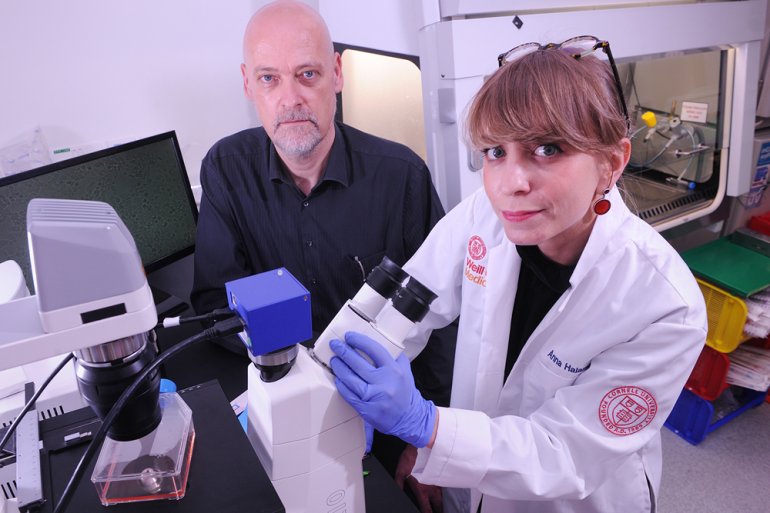
Researchers at Weill Cornell Medicine-Qatar (WCM-Q) have devised a new way of testing cancer treatments to reveal how some tumours are able to resist chemotherapy drugs and continue to spread.
Led by Dr. Anna Halama, Assistant Professor of Research in Physiology and Biophysics, the WCM-Q team combined two innovative research techniques to create a new testing platform that not only gives deeper insights into the ways in which certain types of cancers resist chemotherapy drugs and proliferate, but also delivers significant cost and time savings over existing research methods.
Dr. Halama said, “The resistance of tumours to chemotherapy is a major obstacle in fighting cancer, and the underling mechanisms are not fully understood. In some cases, cancer cells switch the way they generate the energy and building blocks they need to grow to evade drug treatment and to further proliferate. To understand and counter these processes, experimental models that accurately reflect the tumour as an entity are needed, but their availability can be a major challenge. For example, cancer cells simply cultured in a Petri dish lack a realistic tumour microenvironment, whereas human tumours grown in mice have severe time and cost constraints”.
Dr. Halama’s team combined the already established laboratory technique of implanting cancerous cells into chicken embryos (called in ovo research) with a powerful biochemical analysis method called metabolomics. After implanting treatment-resistant breast cancer cells into the embryos, the researchers then treated them with doxorubicin, a potent anti-cancer chemotherapy drug. As predicted, tumour growth was reduced, but a portion of the cells continued to proliferate further. By analysing these tumours using metabolomics techniques, the researchers were able to draw a detailed map of the biochemical processes that allowed the cancer cells to evade the chemotherapy.
The research is considered such a significant breakthrough that it was featured on the front cover of Metabolites, one of the industry’s leading scientific journals. The in ovo technique also has the advantage of costing less and being faster than using mice, while at the same time being much more reliable than simpler cell culture techniques.
